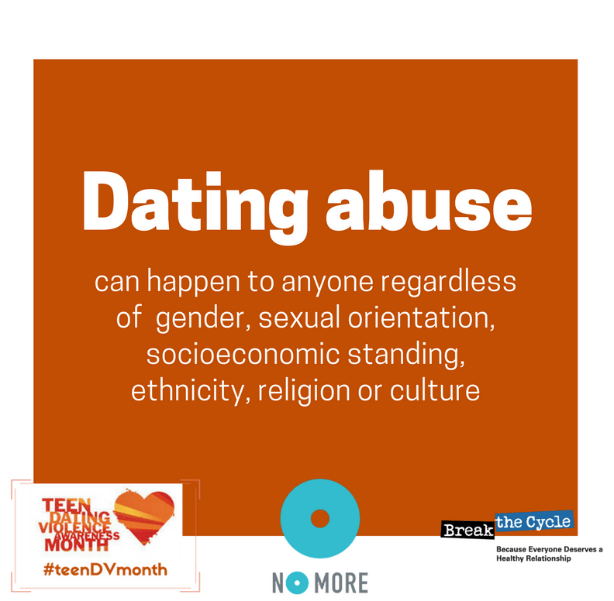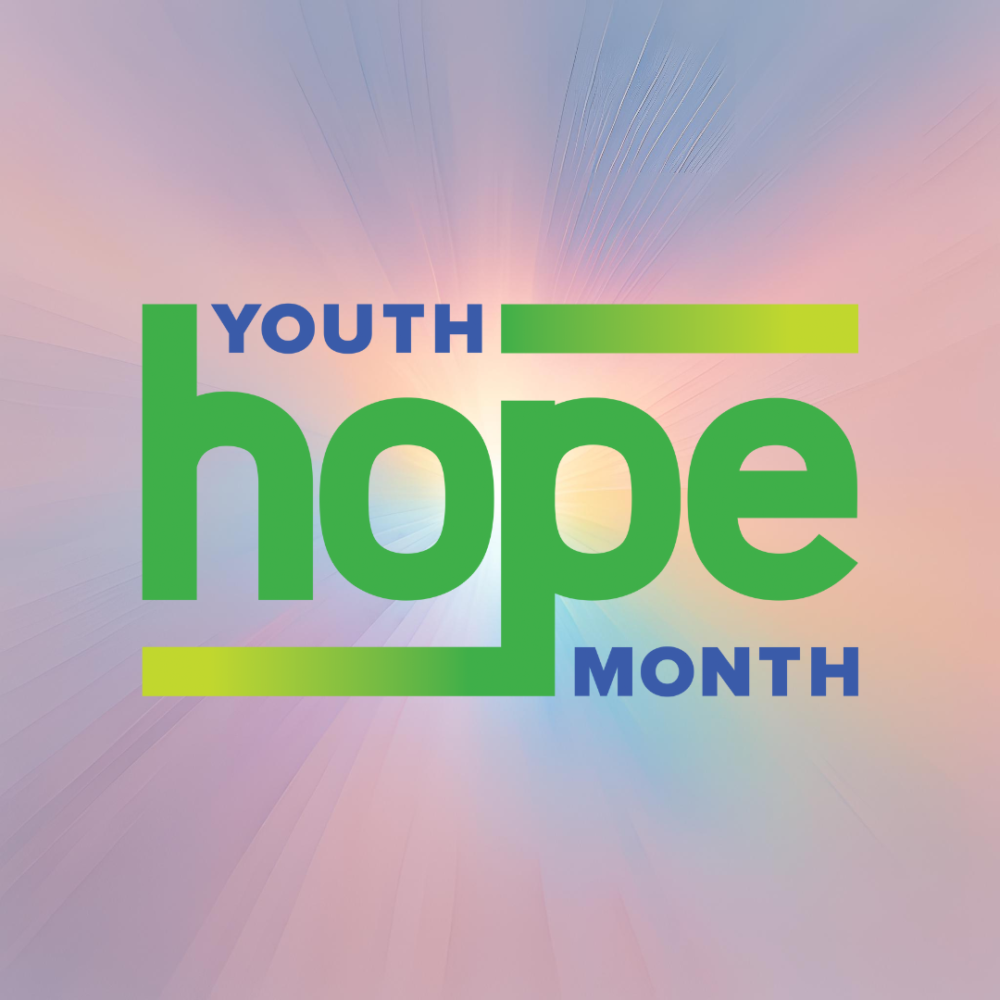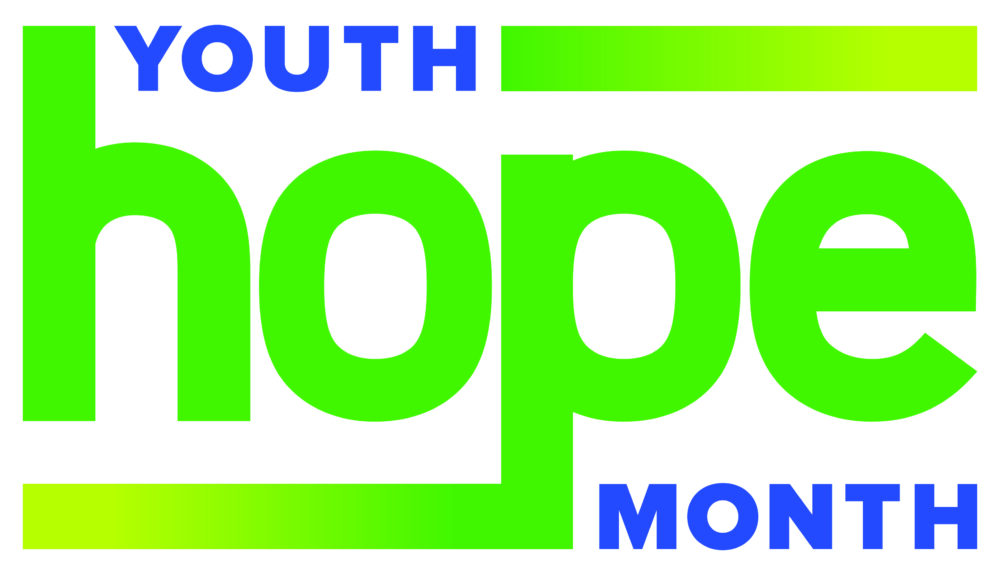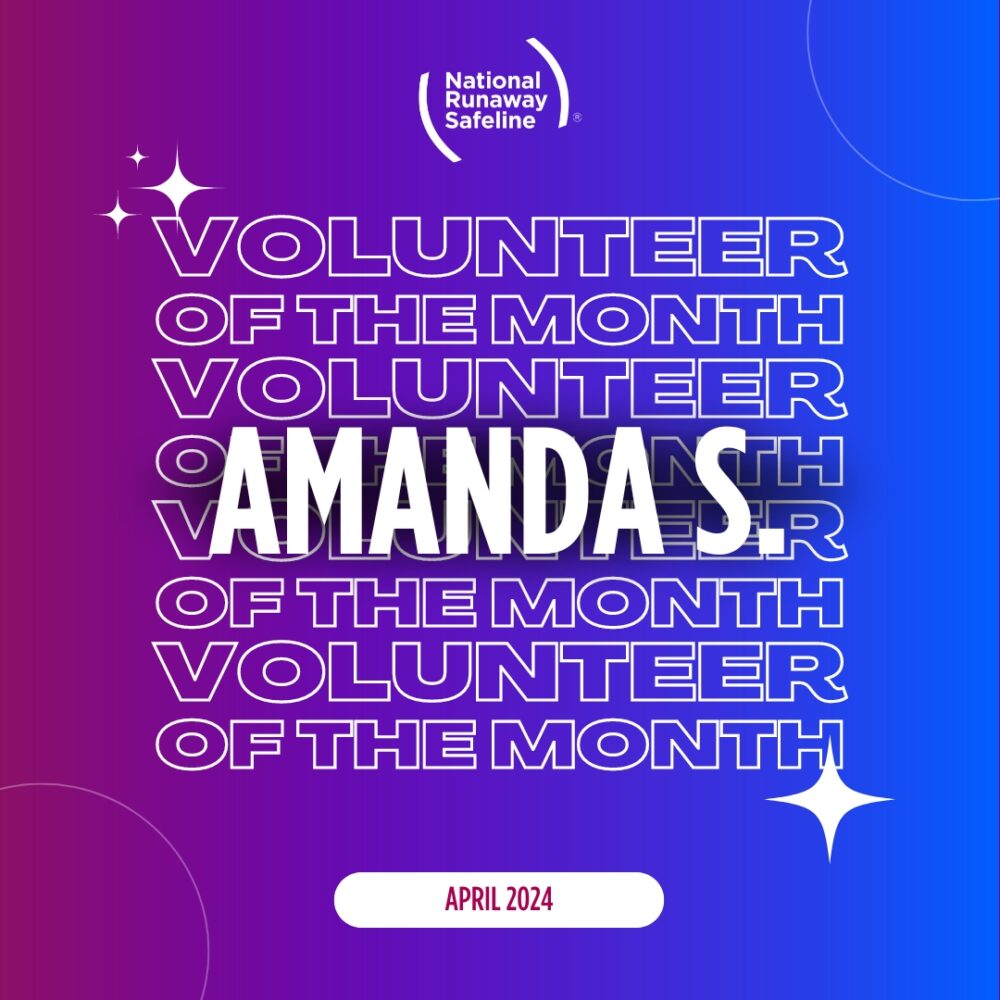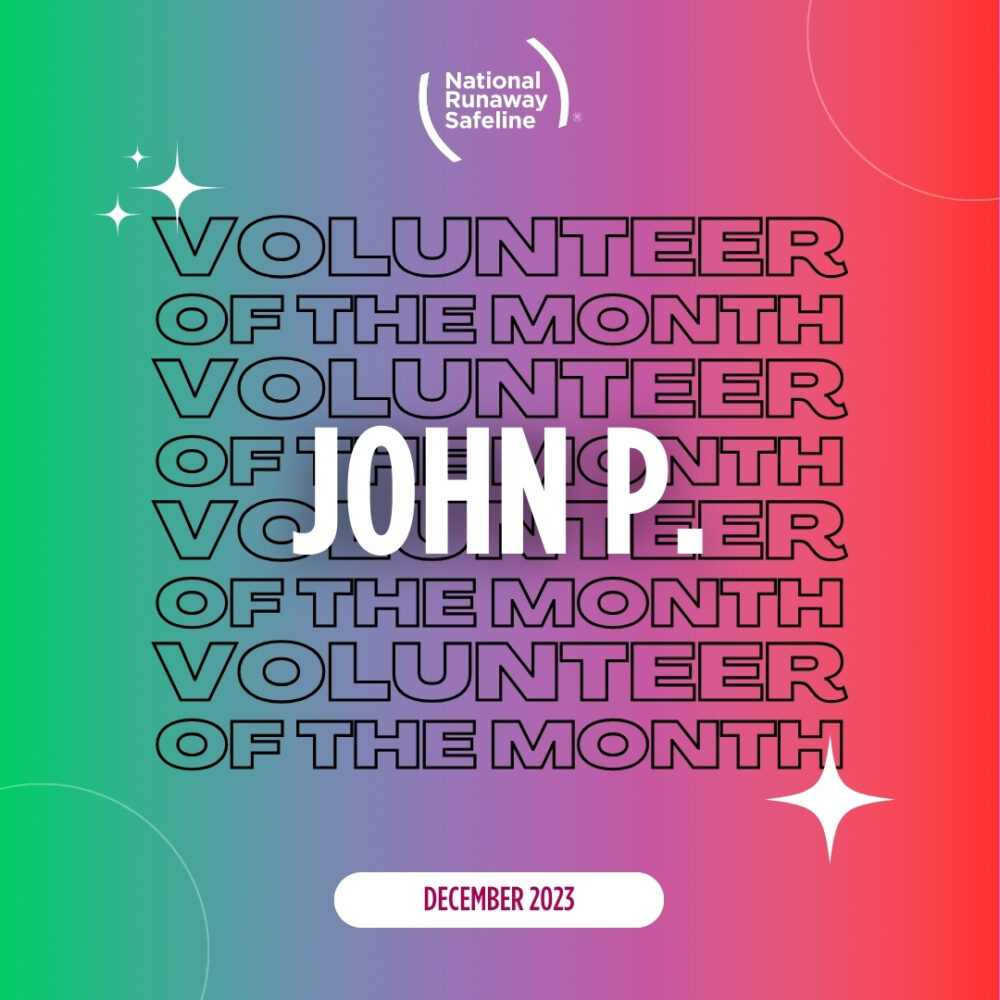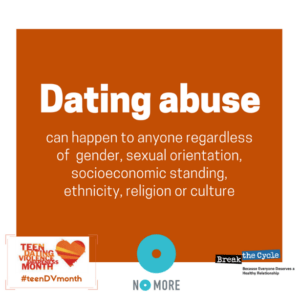 Teen dating violence can be defined as the physical, sexual, psychological or emotional abuse in a dating relationship. This type of violence can happen over time and sometimes continues to get worse. Dating abuse can happen to anyone and doesn’t affect one specific gender, sexual orientation, socioeconomic standing, ethnicity, religion, or culture. Every year around 1.5 million high school students experience physical abuse from a dating partner. Yet, often times this problem goes unreported because many teens are scared to tell their family or friends. Only 33% of teens who were in an abusive relationship told someone about the abuse. This lack of awareness is a problem, and recognizing the signs of abuse and bringing attention to this issue is imperative to ending teen dating violence.
Teen dating violence can be defined as the physical, sexual, psychological or emotional abuse in a dating relationship. This type of violence can happen over time and sometimes continues to get worse. Dating abuse can happen to anyone and doesn’t affect one specific gender, sexual orientation, socioeconomic standing, ethnicity, religion, or culture. Every year around 1.5 million high school students experience physical abuse from a dating partner. Yet, often times this problem goes unreported because many teens are scared to tell their family or friends. Only 33% of teens who were in an abusive relationship told someone about the abuse. This lack of awareness is a problem, and recognizing the signs of abuse and bringing attention to this issue is imperative to ending teen dating violence.
It’s also important to note how dating violence impacts runaway and homeless youth. They are at an increased risk of experiencing dating abuse. The National Resource Center on Domestic Violence published a Runaway and Homeless Youth Relationship Violence Toolkit. This resource was put together by advocates, for advocates, to help organizations better understand and address the intersection of runaway and homeless youth and intimate partner violence. This toolkit can be used by service providers to help increase safety, create prevention strategies, and help heal and treat those who have experienced violence.
Module 4 of our free Let’s Talk: Runaway Prevention Curriculum also helps educators, mentors and community members teach youth how to recognize and build healthy relationships.
Together, we can work on recognizing the signs of teen dating violence and teaching healthy relationship skills in order to raise awareness and end the cycle of teen dating violence.
—
If you or a young person you know is in crisis, reach out to our compassionate crisis services team by calling 1-800-786-2929 or chat with us online. We are available 24 hours a day, 365 days a year with free, confidential support to youth and families in crisis across the nation.
